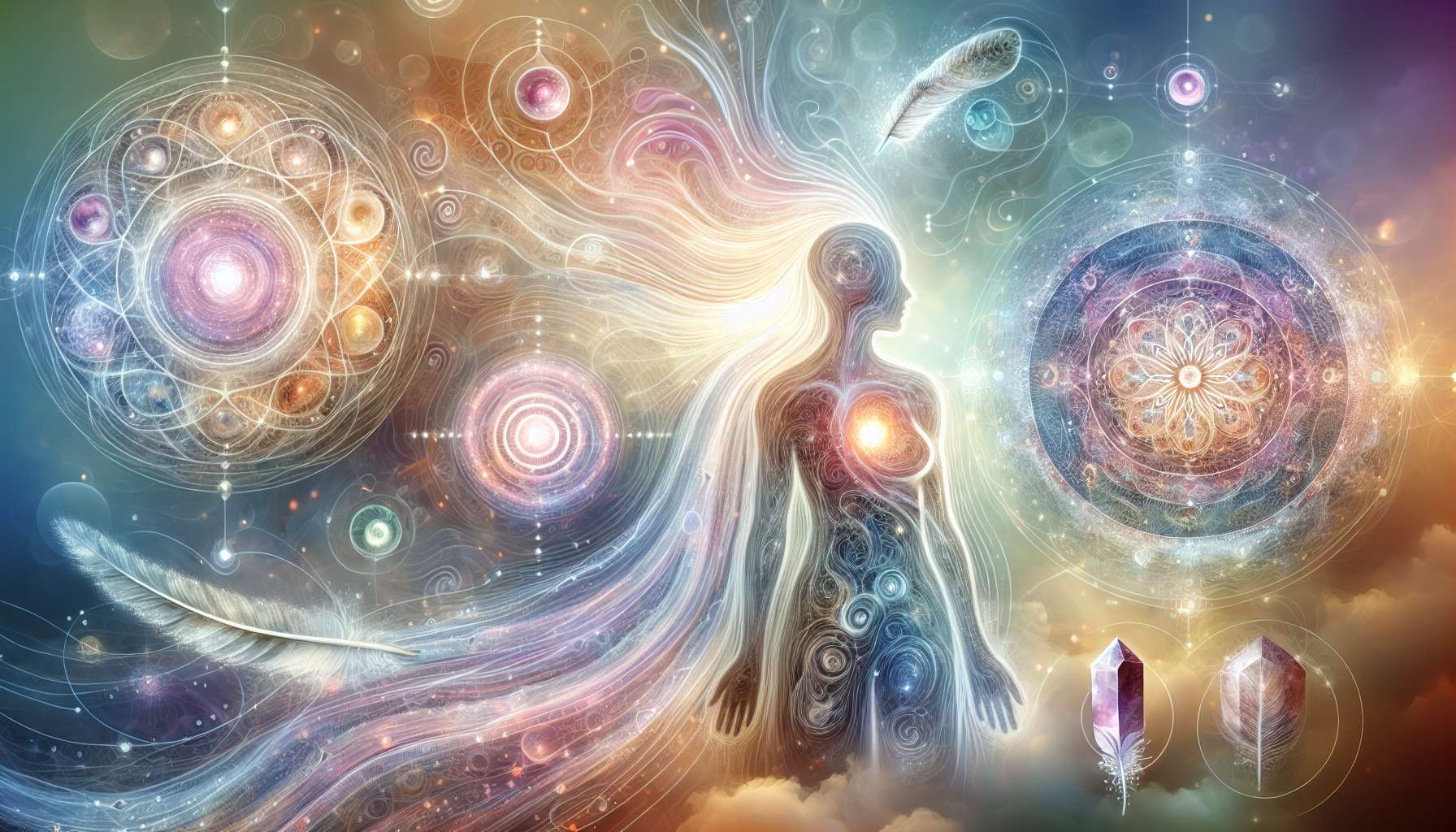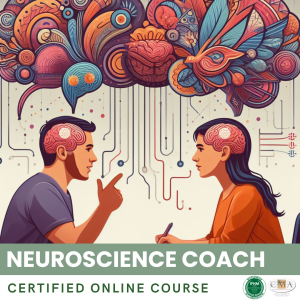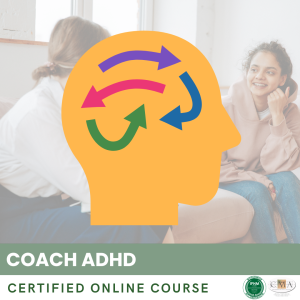Spiritual healing encompasses a wide diversity of approaches which, although distinct in form, share a common vision of the human being as an inseparable whole. Among these approaches, one can distinguish three main families: the energetic approach, the shamanic approach, and the holistic approach.
The energetic approach is based on the principle that everything is energy. Our physical body is animated by a complex network of subtle energy fields that constantly interact. When these energy flows are disrupted or blocked, this can manifest as imbalances on all levels of being. Energy therapies, such as Reiki, Healing Touch or acupuncture, aim to restore a harmonious flow of vital energy to promote healing. The therapist, through the laying on of hands or the use of specific tools (needles, crystals, etc.), acts as a catalyst to help the body rebalance itself.
The shamanic approach, on the other hand, draws its roots from ancestral traditions that consider illness to be the result of a loss of connection with the forces of nature and the spiritual world. The shaman, through altered states of consciousness induced by trance, dreaming or sacred plants, travels in the subtle worlds to interact with allied spirits, recover lost soul parts, or extract pathogenic energies. They act as a mediator between worlds to restore the balance and integrity of the person. Rituals, chants, dances are all ways of channeling these healing forces.
Lastly, the holistic approach is characterized by a global consideration of the individual in all their dimensions – physical, emotional, mental, and spiritual. It considers that these different planes are interdependent and mutually influencing. A traumatic event on the emotional level, for example, can end up somaticizing in the physical body. Similarly, a limiting belief entrenched in the mind can block a person’s life drive. The holistic approach seeks to identify the root cause of the imbalance, which can be at any level of being, to treat it in a targeted manner while taking into account its repercussions on the entire system. The tools are multiple and adapted to each situation: dialogue, visualization, creative expression, body work, etc.
Beyond their specificities, these different approaches to spiritual healing converge in their recognition of the sacred dimension of existence and the self-healing potential present in every being. They invite a change of perspective, from a fragmented and mechanistic view of health to a broader and more integrative understanding. They remind us that we are not just a physical body, but a vibrant field of consciousness connected to the web of life.
In practice, many therapists and coaches intuitively combine these different approaches according to the needs of the person. For beyond techniques, it is the quality of presence and listening, the opening of the heart, and the depth of intention that are the real agents of healing. As the poet Novalis said: “Illness is a musical problem – its cure a musical solution.” Spiritual healing invites us to tune back into the symphony of life.
Key points:
– Spiritual healing encompasses various approaches that regard the human being as an indivisible whole. Three major families are distinguished: the energetic approach, the shamanic approach, and the holistic approach.
– The energetic approach is based on the principle that everything is energy. It aims to restore a harmonious flow of vital energy to promote healing, using therapies such as Reiki, Healing Touch, or acupuncture.
– The shamanic approach sees disease as a loss of connection with the forces of nature and the spiritual world. The shaman travels in the subtle worlds to interact with spirits, retrieve lost soul parts, or extract pathogenic energies.
– The holistic approach considers the individual in all their interdependent dimensions (physical, emotional, mental, spiritual). It seeks to identify and treat the root cause of the imbalance while considering its repercussions on the entire system.
– Despite their specificities, these approaches all recognize the sacred dimension of existence and the self-healing potential in every being. They invite an integrative vision of health.
– In practice, many therapists intuitively combine these approaches. Beyond techniques, it is the quality of presence and listening, the openness of the heart, and the depth of intention that are the real agents of healing.
👉 To download docx (Editable) file click here : Click here
👉 To download PDF file click here : Click here
👉 To download MP3 file click here : Click here







